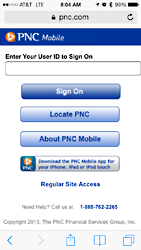On one Drupal site I'm developing, there is an 'embed code generator' in one of the site's forms. This embed code capability is similar to Twitter's embeddable timeline widget, in that a user can select some parameters (colors, mostly), then some code (usually an iframe with the contents provided by an external site) is printed in a textarea, which the user can select, and paste into his own site's HTML.
To help the user in the task of selecting the code, the entire contents of the textarea or textfield is highlighted when the user clicks any part, which ensures that the user will get every last bit of code without having to select and drag his mouse around the text box (sometimes I've seen people missing part of a tag, which makes the embed fail to load). That's what we want to do, inside our own Drupal form.
First, in the drupal form itself (or via an hook_form_alter()), we need to attach a javascript file in our custom module (in this example, I assume you have a module called custom.module, and a js file named 'custom.select-helper.js' in your custom module's directory, inside a 'js' folder):

